Taxpayers for Common Sense explores the 45Q tax credit for carbon capture and storage, its expansion, and concerns about its implementation, oversight, and potential misuse as a subsidy for oil production.
Transcript
Announcer:
Welcome to Budget Watchdog All Federal, the podcast dedicated to making sense of the budget spending and tax issues facing the nation. Cut through the partisan rhetoric and talking points for the facts about what’s being talked about, bandied about and pushed to Washington, brought to you by taxpayers for common sense. And now the host of Budget Watchdog AF TCS President Steve Ellis.
Steve Ellis:
Welcome to All American Taxpayers Seeking Common Sense. You’ve made it to the right place for almost 30 years. TCS that’s taxpayers for common sense, has served as an independent nonpartisan budget watchdog group based in Washington DC We believe in fiscal policy for America that is based on facts. We believe in transparency and accountability because no matter where you are in the political spectrum, no one wants to see their tax dollars wasted. Today we are going to discuss the new legislative action. On today we are going to discuss new legislative action on the 45Q tax credit for carbon capture and storage first created in 2008. The tax credit was massively expanded in the 2022 Inflation Reduction Act, and the administration is working on new guidance related to its implementation. We’ll also dive into enhanced oil recovery of related oil and gas industry practice that uses captured carbon gas to increase oil production. How does this increased oil production help the climate should taxpayers be footing the bill? Well, we have the same questions. Let’s get into it. Joining me to deliver the alarming details on the critical need for strengthened policymaker oversight on the CCS tax credit and its connection to enhanced oil recovery is TCS Vice President Autumn Hanna, and policy analyst Mia Huang, welcome back to the podcast to both of you.
Mia Huang:
Thanks Steve. Good to be here. Thanks, Steve. Happy to be back.
Steve Ellis:
Alright, let’s dive right in. Autumn taxpayer subsidies for carbon capture aren’t new. I recall TCS working on subsidies for clean coal. What a euphemism by using carbon capture that started back in the 1980s. This was some of our earliest work on energy subsidies. Break it down for our listeners.
Autumn Hanna:
You’re right, Steve. Capturing carbon isn’t new and neither are the subsidies for it, but now they’re really carrying a much higher price tag. The latest expansion for the CCS tax credit is estimated to cost more than $30 billion in the next 10 years. So what we’re talking about is really significant pots of money and this is all part of an increased push really for carbon capture and storage to be a climate solution. But that’s something we have real questions about. Questions you were getting to earlier. Throwing money at an idea that has failed in the past generally isn’t a good idea for taxpayers and we’ve really seen this play out before.
Steve Ellis:
Sadly, you’re all too, right? Autumn, as budget AF Faithful know, a couple pods ago we talked about an Army Corps of Engineers boondoggle from the 1950s that keeps getting resurrected the Yazoo pumps in Mississippi. But you could look at places post-disaster that are rebuilt only to fail again in future disasters or even in energy. It seems like even with heavy subsidies, a new nuclear renaissance is supposed to be around the corner but never seems to arrive. Sorry, I could go on.
Autumn Hanna:
Yeah, I’ll stop you there. Before we get too into all the places we’ve done this, and it’s definitely true again here for CCS, but I think it might be helpful for us to give listeners a little background on CCS. Carbon capture and storage is a technology that captures carbon dioxide from industrial sources like power plants. And once that carbon, I should say is captured, it’s transported and injected into oil and gas reservoirs for a process called enhanced oil recovery, or it’s stored underground in geologic formations for long-term. We’ve done an extensive analysis of the subsidies for CCS and I’ll just plug our most recent August report from cradle to grave taxpayer subsidies throughout a carbon capture and storage projects lifecycle. That report really gets into it and as an infographic we have in the report shows the federal government pulls all the levers to inflate CCS. Taxpayers have backed direct research and development funding loan guarantees for facilities and the lucrative 45Q tax credit that allows new facilities to claim up to $180 per ton for the CO2 captured and sequestered. The subsidies really just keep coming. For years, CCS has been a crowd favor in Congress, so that keeps them coming. It doesn’t hurt that both the oil industry and some even climate hawks in Congress are behind it.
Steve Ellis:
Well, that’s some notable boosters that don’t usually come together, that’s for sure.
Autumn Hanna:
Yeah, it’s an interesting mix of folks and unfortunately for taxpayers, the money’s been coming with little to no scrutiny. That’s a big problem, especially as we double down on these dollars without new assurances that these dollars will yield different results from what we’ve seen in the past. The bottom line is we have some serious concerns with this major expansion of the CCS tax credit.
Steve Ellis:
Thanks, autumn. That is helpful background. As you noted, the largest subsidy that was recently expanded was the 45Q tax credit. I know we’ve had concerns about industry accountability and raised red flags as to whether or not the credit is meeting its intended goal of storing carbon safely and securely. Mia, let’s bring you in here on this. Can you tell me more about how the current guidance is failing taxpayers?
Mia Huang:
So the most recent regulation on 45Q was issued by the IRS in 2021, and there are a lot of issues with the rule, which is why we’ve been calling for better taxpayer safeguards to address these oversight gaps. And for those who really like to get into the weeds, please check out some of our resources on agency implementation of CCS and 45Q, including both the IRS and the EPA. But to explain the rule in simpler terms, currently, it’s almost impossible for federal taxpayers who are footing the bill for this expensive tax credit to know exactly how much carbon is actually being captured and then stored underground or if it’s even staying there. This is because the IRS allows facilities to comply with a certain set of EPA greenhouse gas reporting requirements to prove secure storage. And these facilities can self-certify the volumes they report, meaning a official can simply rubber stamp the numbers they report to the IRS and neither the IRS nor the EPA performs any onsite verification of the volume of carbon captured or injected underground. And neither does the IRS disclose how many tons of carbon companies have claimed under the 45Q program. So this combination of the lack of verification and transparency raises some serious concerns for taxpayers. And to make matters worse, the IRS decided that it cannot call back or resent the credits after three years, even if store carbon gets leaked afterwards, which is really not uncommon as carbon leakage associated with injection projects like EOR can go on for decades.
Steve Ellis:
Yeah. Wasn’t there just a recent example of that actually happening, a leakage from a project and then I think it was an industry source said they don’t normally leak. It doesn’t seem like it gives a lot of confidence to taxpayers that actually we’re getting what we’re paying for. Right,
Mia Huang:
Exactly. I think the leakage happened at an ADM facility and some of the carbon injected underground migrated causing a leakage. So yeah, we have very serious concerns about some of the long-term storage liabilities associated with CCS projects in general. And we’re worried that three year period is too short and this liability then gets shifted onto federal taxpayers.
Steve Ellis:
Exactly. And we have that real world example right here in the last year. So autumn, it sounds like IRS is missing the boat here. I know we’ve done some work supporting a letter to the IRS from Senator Warren and a democrat from Massachusetts and Representative Khanna, a democrat from California that calls for increased oversight. Can you give us the download on that effort?
Autumn Hanna:
Sure. Thanks Steve. We were really pleased late last month when Senator Warren led a letter to address many of the glaring oversight gaps that Mia just discussed. The letter recognized that the existing tax credit has these loopholes and calls on the IRS for increased guardrails and its implementation of the credit. So really taking a step forward here to call out the problems that we’ve been seeing. Senator Warren was joined by Representative Khanna of California and he led the effort on the house side. The letter calls for that third party verification of data submitted to the IRS and the longer clawback period. As Mia mentioned that time after receiving the tax credit during which the IRS can rescind it in case of the leaked carbon is inadequate and puts communities and taxpayers at risk as we’ve seen with that leak. And as I understand it, even additional leak at that same ADM facility that we’re just learning about. And it was months before we learned about that leak. So really, communities are at risk here and supporting this letter by Senator Warren, those groups joined with our TCS and supporting this effort. We really need more accountability from companies financially benefiting from 45Q and we really are grateful for Senator Warren for leading this effort.
Steve Ellis:
And just to be clear, even though we do have some concerns about CCS in general, this is really about transparency and accountability so that taxpayers know what they’re paying for. And I’ll say that since she got into office, Senator Warren has been a friend to taxpayers going after waste and abuse budget. Watchdog AF Faithful have heard about her leadership on getting rid of the requirement for the so-called unfunded priorities list that lead to wasteful Pentagon spending and also requiring climate supply chain risk disclosures as part of federal acquisition rules. And I can go on. She’s also sponsored the bipartisan stop price gouging the Military Act. So suffice it to say I’m not surprised about her leadership here on transparency and accountability with these tax credits. She also serves on the Senate Finance Committee, so engaging with the IRS and on these IRA credits is a great fit and will be important as we get into tax reform next Congress. That’s a subject for a future podcast.
Autumn Hanna:
Yes, it certainly is. And we are very pleased that Senator Warren, given her background and the things you mentioned and many other things we can’t get into today, really have her well positioned to be a leader calling for oversight and transparency. We’re hopeful that we can get this effort to be bipartisan as well. I mean, it’s pretty hard to get that to happen right before an election, but we’ve seen the concerns in conversations we’ve had with both Republicans and Democrats that accountability and oversight is key when it comes to tax credits. So maybe we can get traction on that next year. And I also want to note a couple other things about the letter. It’s important that it was by came, we had both the House and Senate weighing in and Senator King of Maine joined with Senator Warren in signing that letter. And he’s an independent from Maine and a moderate who’s raised in the past been support of CCS.
Really, to your point, Steve, want to make sure that folks understand that this is about oversight and transparency and for some folks about getting it right. We have a lot of skepticism from what we’ve seen in the past of CCS as a viable climate solution. But at the very least if things are moving forward, we need to make sure that we have guardrails in place and that this isn’t just another subsidy to the oil and gas industry. I think that’s really something that brings Representative Khanna to the table because he’s done a lot of work looking at subsidies for the oil and gas industry and other legislation, and he’s really looked at the indirect and direct subsidies to the oil and gas industry and has that concern with 45Q.
Steve Ellis:
Well, you mentioned the subsidies to oil and gas industry. That brings us around to talking about something we’ve mentioned at the top of the pod about enhanced oil recovery. Mia, can you fill us in on Congressman Khanna’s efforts to tackle CCS and its role as oil and gas subsidy?
Mia Huang:
Of course, earlier I talked about all the technicalities regarding the current rule that makes 45Q vulnerable to fraud and abuse, but that’s not the biggest issue with 45Q. The bigger catch here is that 45Q essentially serves as another subsidy for the oil and gas industry for doing what they’ve always been doing, which is producing more oil and gas, but this time using capture carbon. So hence oil recovery or EOR is nothing new. The technique has been around since the 1970s. It basically injects fluids meant most commonly carbon dioxide into existing oil and gas reservoirs to boost production. The issue is that carbon can be really expensive to acquire to be used for EOR, especially if the carbon is captured at industrial sources because a lot of upfront capital investment is required. So to this day, the most common source of carbon use for UR comes from natural sources like reservoirs of carbon dioxide in rocks and sediments. But with the help of 45Q, companies can receive up to $180 for every ton of carbon they capture, which essentially lowers the cost of carbon. EOR operators needs to inject into oil and gas wells. And currently UR is the primary and frankly the only commercial use of carbon capture. Some 95% of carbon capture at commercial CCS facilities in the United States is used for EOR.
Steve Ellis:
Whoa, that doesn’t sound like it’s really about tackling climate change. I mean, you’re using this carbon dioxide to pump more oil out.
Mia Huang:
You’re spot on. Steve 45Q currently just pass these companies bottom line as they continue to profit from more oil and gas production, but this time they get to waive the banner of combating climate change because they’re capturing the carbon they produce in the first place. Now this is a tax credit estimated to cost more than 36 billion over the next decade. So nationally as a budget watch out group, we want to make sure that this is not just another oil and gas subsidy out there that will cause taxpayers fiscally all while exacerbating our climate crisis.
Steve Ellis:
Yeah, I mean 36 billion is real money to real people and certainly is a big amount. So what is Congressman Khanna doing about this, Mia?
Mia Huang:
I’m getting there. So Congressman Khanna introduced a bill that will address this issue. The bill will remove EOR as an eligible end use of capture carbon under 45Q. This is a step in the right direction to make sure that 45Q is aligned with its intended purpose when Congress first created it in 2008, which is reducing emissions, we still have our many doubts about CCS as a climate solution because how expensive it is to deploy at scale and the massive transportation infrastructure buildout that is needed. And I’m sure a significant portion of which will be paid for by taxpayers. But if we’re actually going to test out CCS as part of our climate strategy, we need to do it right and making sure that the CCS tax credit is not just used to produce more oil as a very important first step.
Steve Ellis:
Yeah, it’s like a self licking ice cream cone for the oil and gas industry. They create carbon, then they pump it in to get more gas out, which then of course gets burned and creates more carbon. And I think that your 0.2 M about this increased infrastructure, I mean it’s not like the carbon is right there at the sites and so there’s going to be pipelines, there’s other efforts we’ve heard about the ethanol industry getting involved in CCS as well, another one of our favorite subsidies. And so I think this is really well said Mia, and it’s something that we’ve kept our eye on and we’re really glad to have some congressional champions that are trying to put pressure on the IRS to make sure that at least we know what those subsidies, those 36 billion over the next decade is going to be getting. Autumn, do you have anything to add before we wrap the pod?
Autumn Hanna:
Yeah, I mean there’s so much more we could talk about on this issue. And just one thing I’d highlight is sort of getting to your point about where that 36 billion is going. I mean in 2020 there was an investigation for the Inspector General’s office at Treasury and they ended up clawing back almost half a billion dollars in tax credits that had been awarded because those companies had not completed the reporting requirements for the tax credits with the EPA. And so that gives us pause. We saw that investigation, the full investigation was never released. We’re looking for more information and transparency to understand how things would be done different even when they were with what we think are insufficient requirements, those weren’t even met. So there’s layers going on with this issue. And I would point folks back to that report on the cradle to grave subsidies if they’re interested in more in that and are many other products.
You can see in the infographic, the industries that are benefiting, you can see clearly that this is going to oil and gas more than any other. You’ll hear about carbon capture for other industries and you’ll hear about other end uses besides enhanced oil recovery. But the reality is that’s not happening. And that infographic clearly shows that I think in an easier way to digest than what we’ve seen out there. So we are hopeful that with more information, more transparency, better understanding fuller scrutiny, that we can get better results for taxpayers. And we’re really, again, pleased to see Senator Warren leading this effort and the folks that joined her and Representative Khanna also in his effort to really emphasize the need to clean up this tax credit to make sure that it’s not all just going to enhance oil recovery and that we are providing additional safeguards for communities on the ground who are at risk from those leaks like we discussed earlier. That does happen. I think we’re going to see more of that with this increased transparency and oversight. And we should have that before we just start handing out billions and billions more.
Steve Ellis:
Well, and you mentioned about the Inspector General report and we heard the same sort of industry comments, which was that’s all ancient history. We’re better now. And really there’s nothing to, except we’re just supposed to take their word for it. Well, we were taking their word for it when the IG found that they were not cook the books, but certainly not providing adequate backup for their work. And as we pointed out, it could be more than 36 billion of the next decade. And so we need to make sure we get this right and we’re not fueling future climate disasters. Autumn Hanna, vice President of Taxpayers for Common Sense, Mia Wong, policy Analyst, thank you for your insight on this critically important issue.
Mia Huang:
Thanks Steve. Thanks for having us, Steve.
Steve Ellis:
Well, there you have it. Podcast listeners follow the money and you’ll find the leaks. This is the Frequency Market on your dial, subscribe and share and know this taxpayers for common sense has your back America. We read the bills, monitor the earmarks, and highlight those wasteful programs that poorly spent our money and ship long-term risk to taxpayers. We’ll be back with a new episode soon. I hope you’ll meet us right here to learn more.


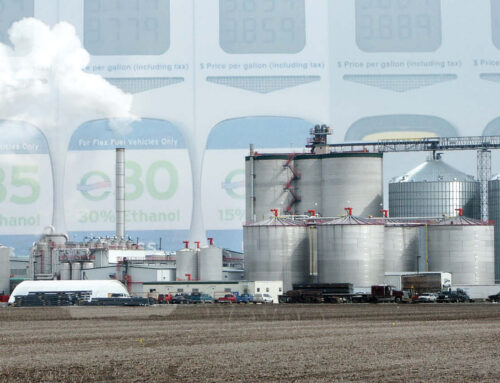



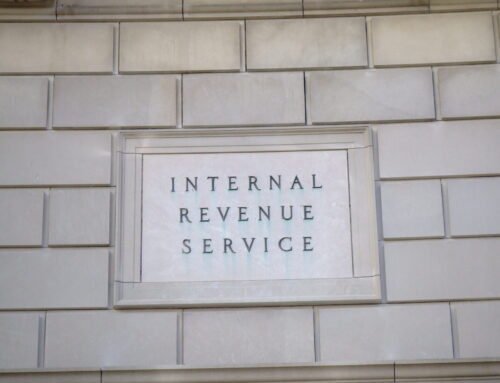
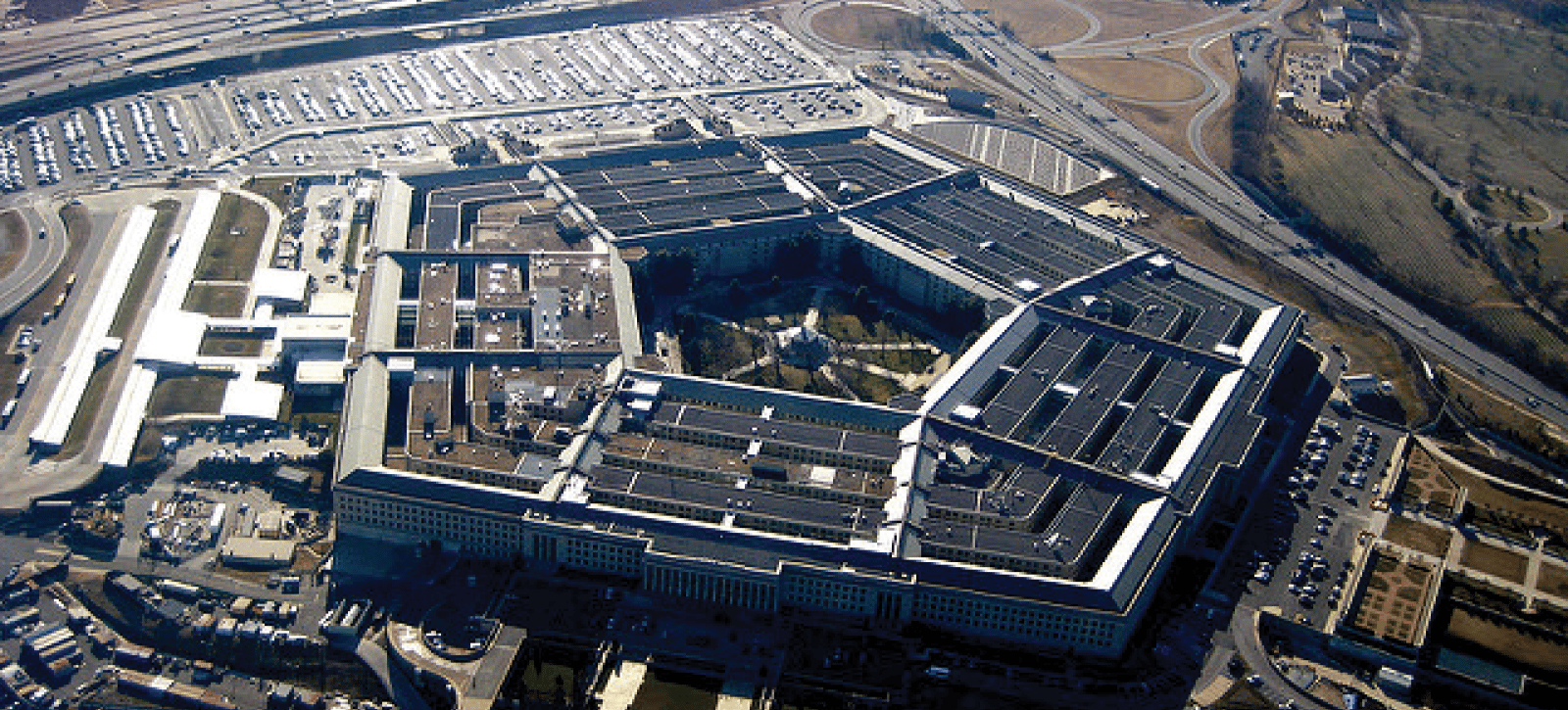
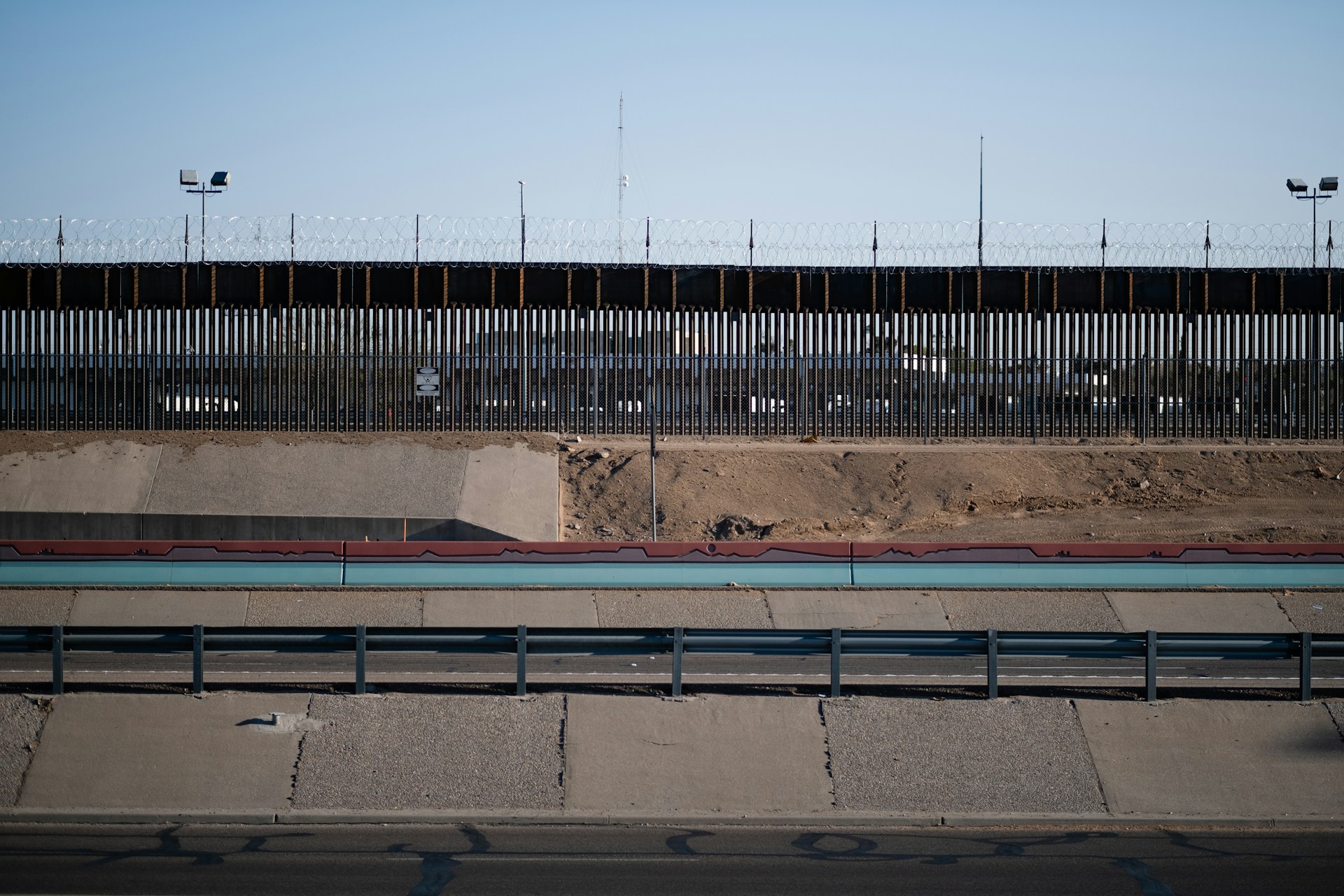

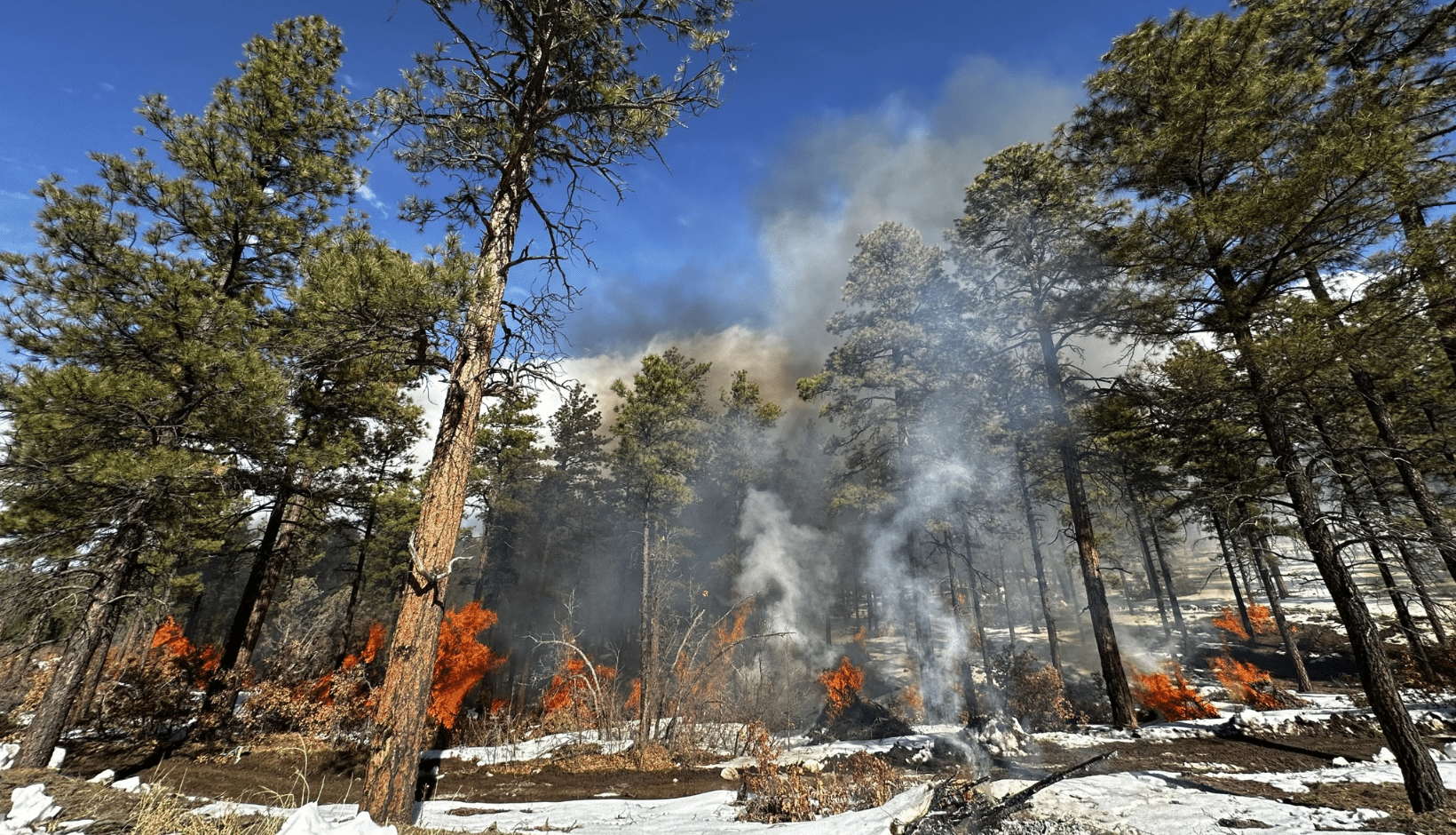
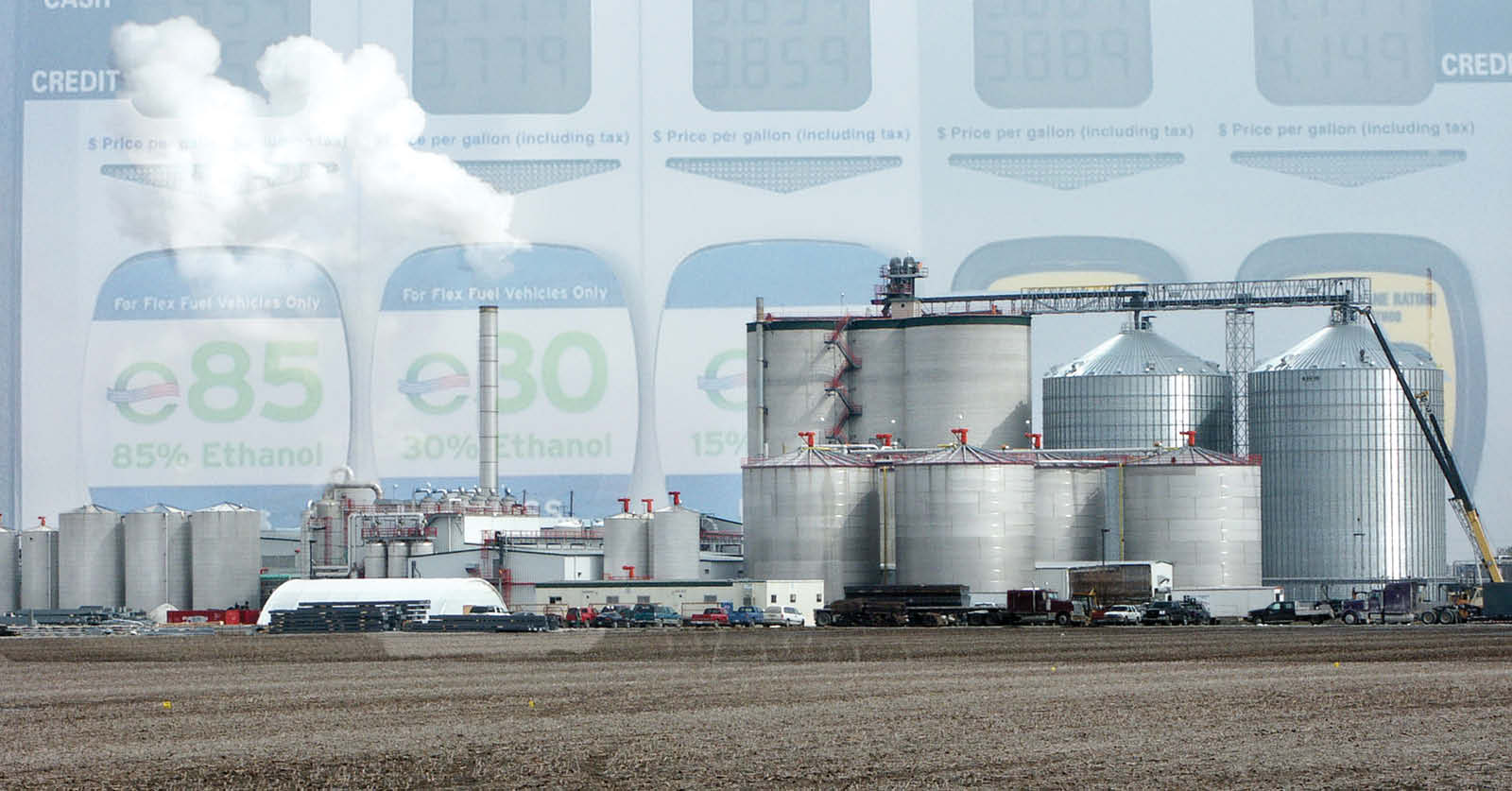
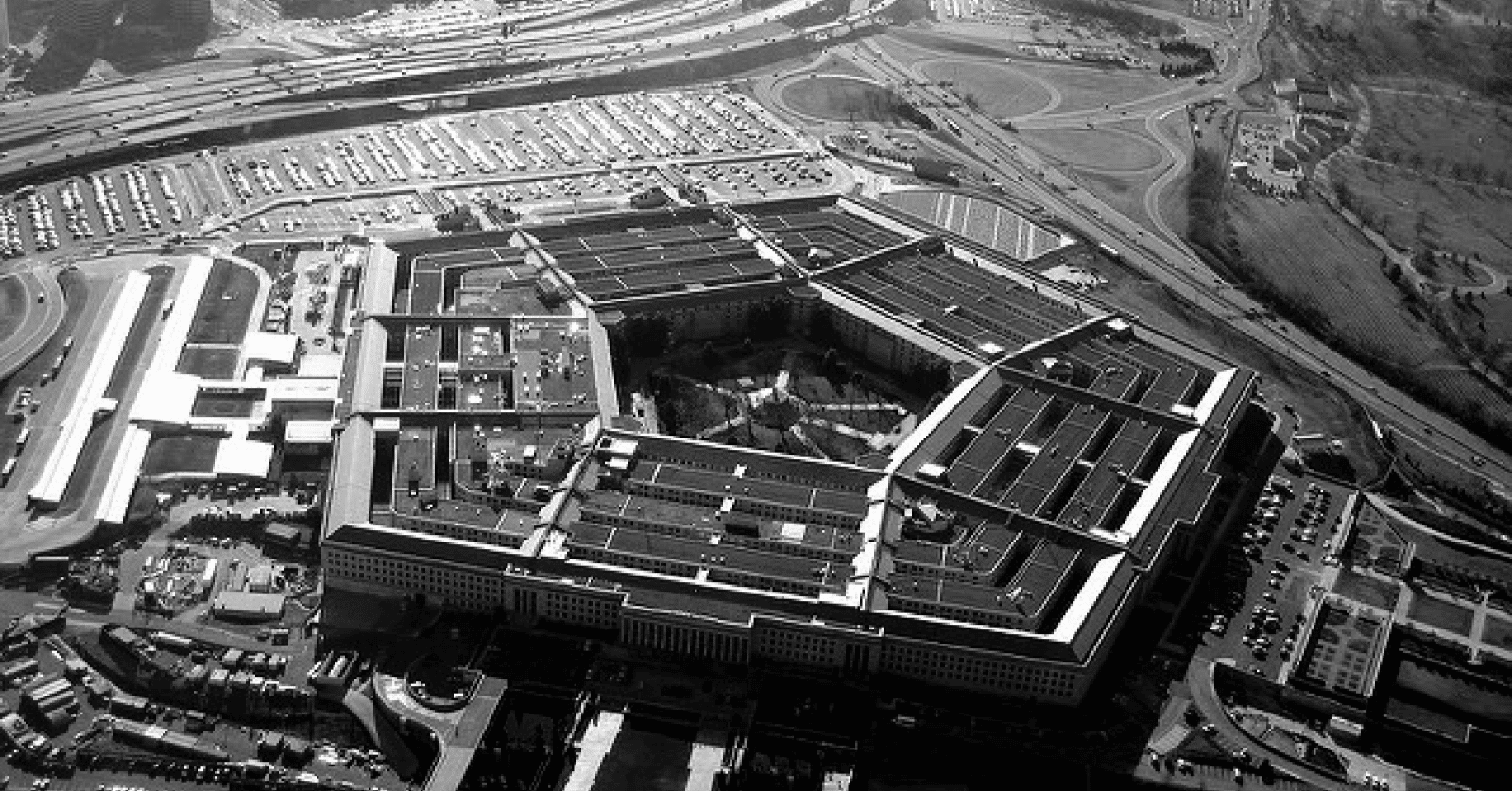
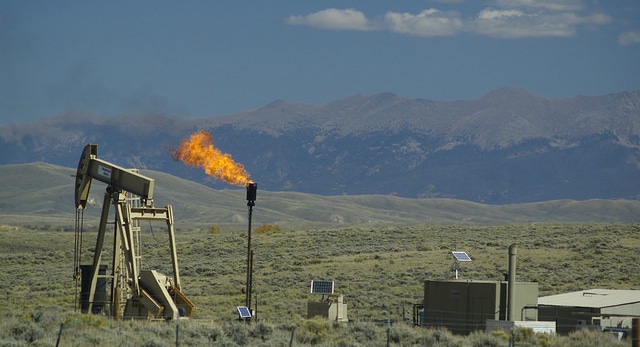
Get Social